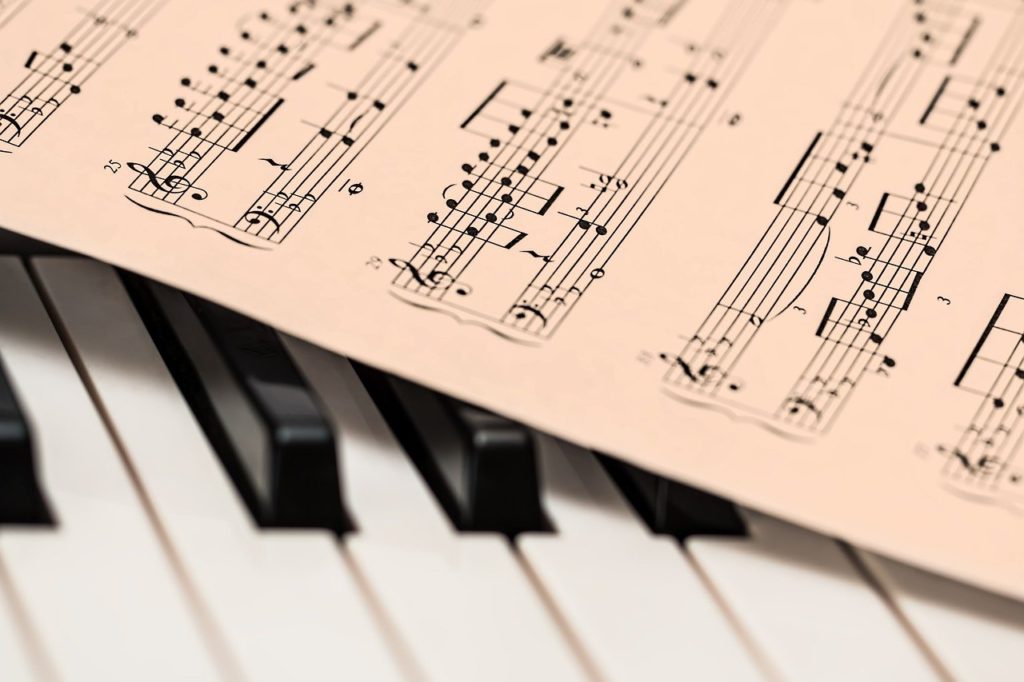Put red squares around each counting number that needs to be accented in the guitar music. The accent symbol (the little arrow) also serves this function. However, traditional accent symbols draw the eye away from the counting numbers.
Conversely, the squares sit right over the counting numbers, making it easier for a student to execute the accents, because the student’s eye stays on the counting numbers.
It does not matter which color you use for color coding the musical accents. Tell the students to clap louder when they get to the counting numbers with the red boxes around them. Once the students can comfortably clap the rhythm, they can work on playing the example with accents.
Notice that the chord symbols (the letters and numbers above the staff) have also been color coded to speed reaction time.


